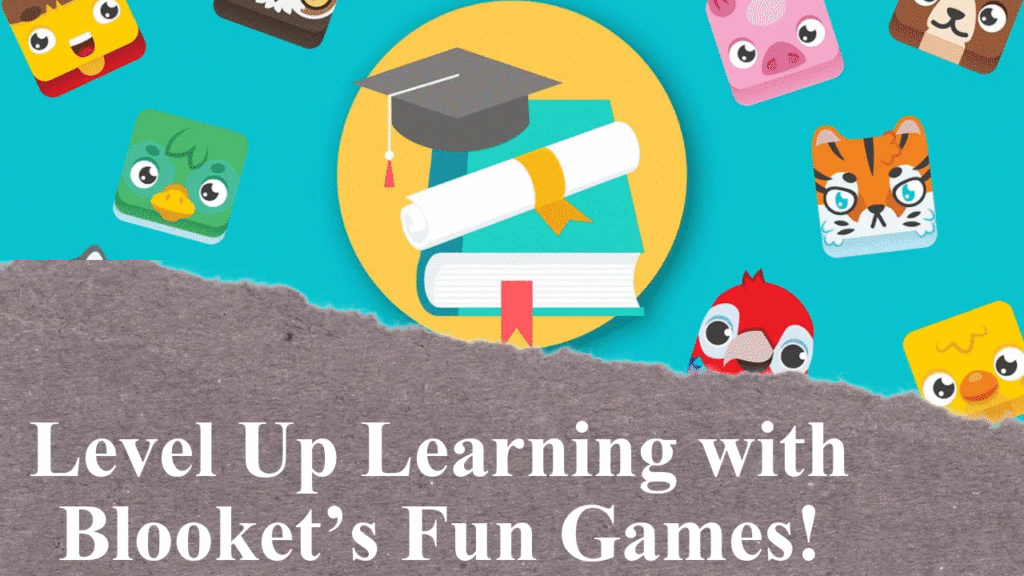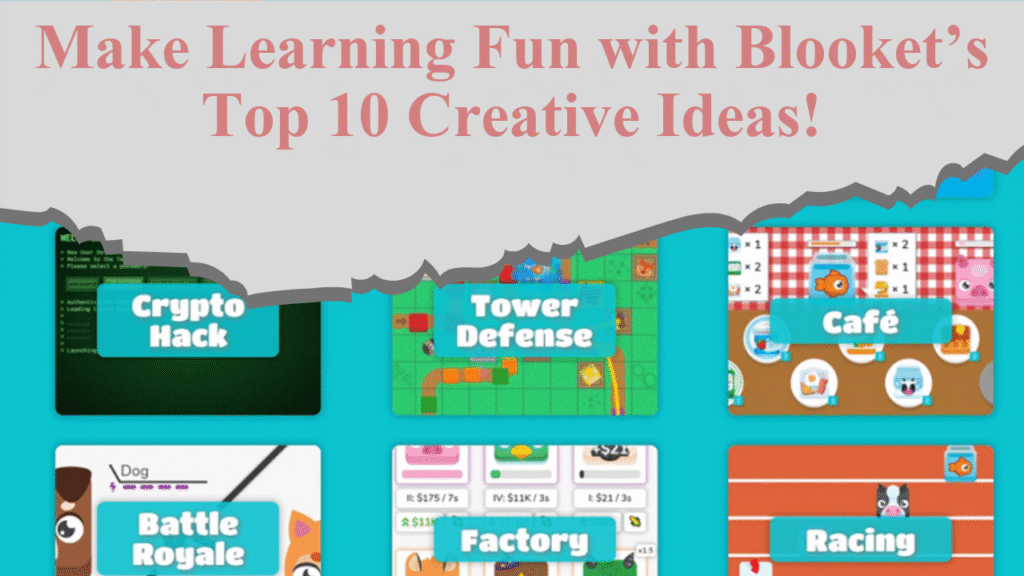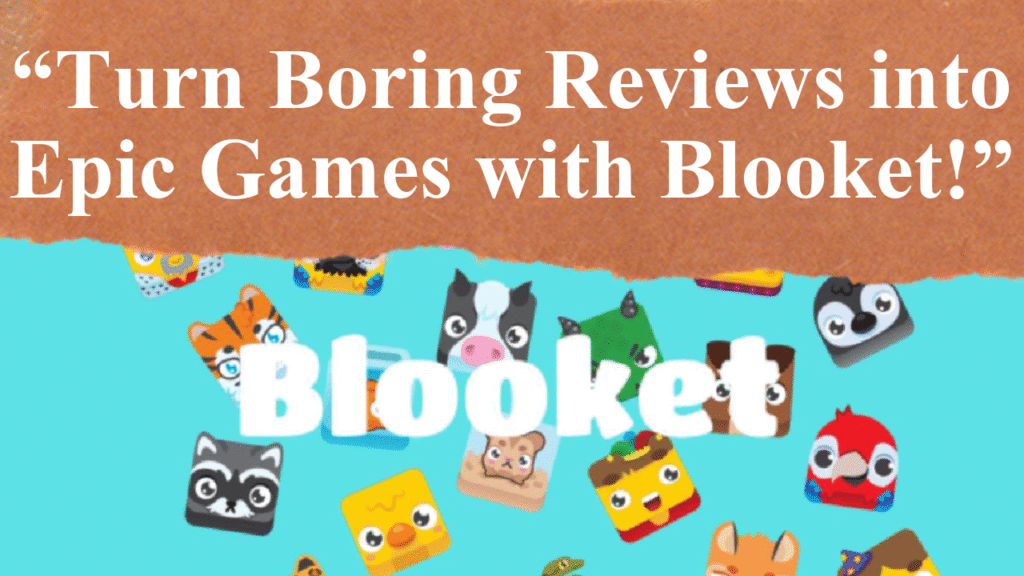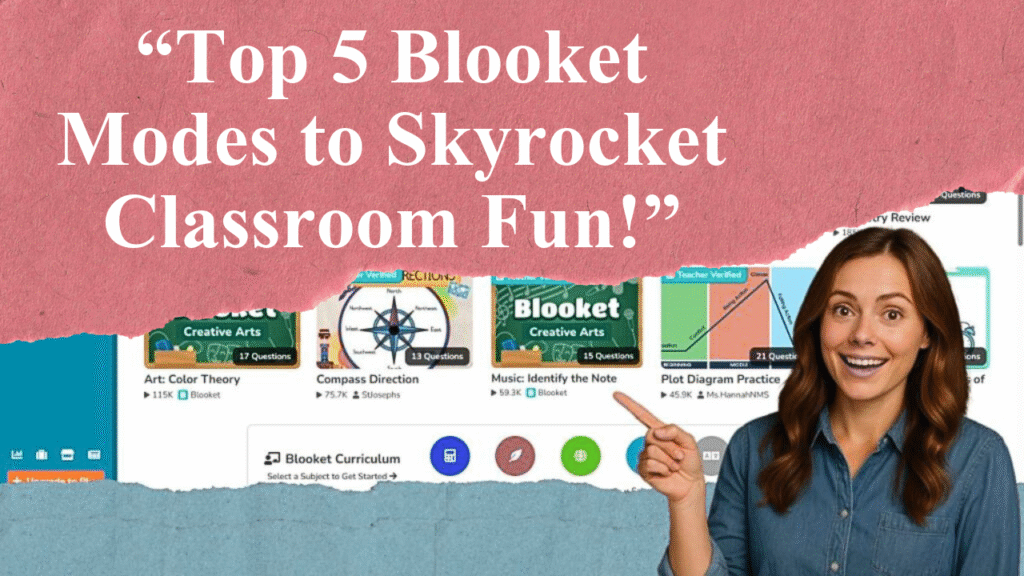“Blooket transforms classroom learning with interactive, game-based quizzes. This article shares expert tips to craft engaging Blooket quizzes, including customizing question sets, choosing dynamic game modes, leveraging real-time data, and fostering student collaboration. Learn how to align quizzes with learning goals, incorporate multimedia, and use analytics to boost engagement and retention.”
Crafting Captivating Blooket Quizzes for Enhanced Learning
Customize Question Sets for Targeted Learning
To maximize engagement, tailor Blooket question sets to align with specific learning objectives. Start by creating or selecting sets that match your curriculum, grade level, and subject. Blooket’s “Create” feature allows you to design questions from scratch, incorporating topics like math, science, or history. For efficiency, import existing Quizlet sets or browse Blooket’s library of pre-made sets created by educators. Add descriptive titles and explanations to clarify concepts, ensuring questions are clear and relevant. For example, a set titled “Grade 5 Fractions” with visual aids can make abstract concepts more accessible.
Choose the Right Game Mode for Your Classroom
Blooket offers diverse game modes like Gold Quest, Tower Defense, and Café, each catering to different learning styles. Gold Quest encourages competition by rewarding points for correct answers, while Tower Defense blends strategy with learning. Select modes based on your students’ preferences and the subject matter. For instance, Café mode suits younger students with its role-playing element, while Battle Royale fosters competitive engagement for older learners. Adjust time limits to maintain a fast pace—shorter for quick reviews (10-15 questions) or longer for in-depth sessions (up to 35 questions).
Incorporate Multimedia for Visual Appeal
Enhance quizzes with images, audio, or video to cater to varied learning styles. Blooket allows you to upload visuals or use its gallery to make questions more engaging. For example, a science quiz on ecosystems could include images of food chains, while a history set might feature maps or portraits. Visual learners benefit from these cues, and multimedia keeps students focused. Ensure images are high-quality and relevant to avoid distraction.
Leverage Real-Time Data for Personalized Feedback
Blooket’s analytics provide real-time insights into student performance, allowing teachers to track progress and identify areas for improvement. After a game, review reports on the dashboard to see correct/incorrect answer percentages and individual student scores. Use this data to adjust instruction—offer extra support to struggling students or challenge high performers with advanced sets. For instance, if data shows students struggle with verb tenses, create a targeted grammar set. Real-time feedback also motivates students by showing immediate results.
Encourage Collaboration and Competition
Blooket’s multiplayer modes foster teamwork and healthy competition. Use the random group feature to mix students, promoting camaraderie and leveling the playing field. Modes like Blook Rush allow teams to strategize, with options to attack or defend, adding excitement. Encourage students to create their own question sets for peer-led learning, which deepens understanding. For example, students could design a set on historical events, then compete in class, reinforcing content through creation and play.
Assign Homework for Independent Practice
Blooket’s homework feature lets students engage with quizzes outside class. Assign sets with clear deadlines and game modes like Factory or Tower of Doom, which allow multiple attempts. This encourages self-paced learning and repetition without monotony. Share unique game links via email or learning platforms to ensure accessibility. Homework data helps track progress, letting you refine future lessons based on performance trends.
Balance Fun with Educational Value
While Blooket’s gamified format is engaging, ensure the focus remains on learning. Avoid overemphasizing speed in competitive modes, as it may discourage slower learners. Use the randomization feature to vary point rewards, prioritizing accuracy over haste. Regularly update question sets to keep content fresh and relevant. For example, a geography set could evolve to include current events, maintaining student interest and real-world connections.
Disclaimer: This article is based on educational tips and insights from web sources and recent trends. Data and features mentioned reflect Blooket’s functionality as of July 2025. Always verify platform updates and privacy policies before use, especially for students under 13. Consult official Blooket resources for the latest guidance.




